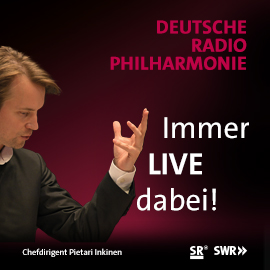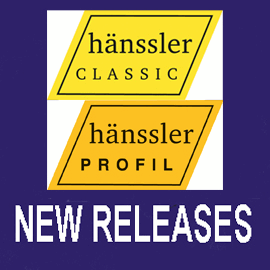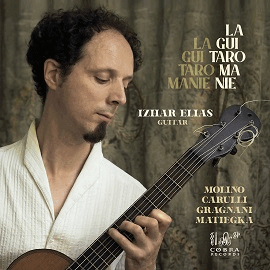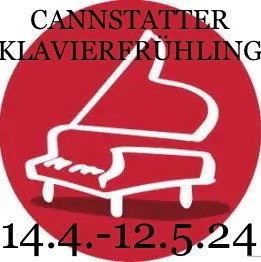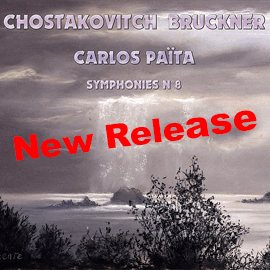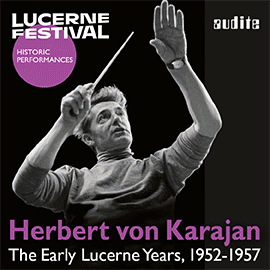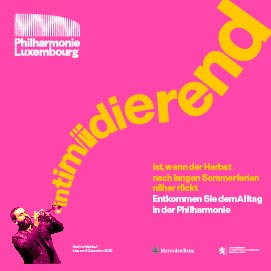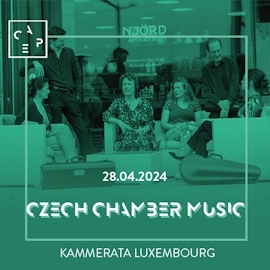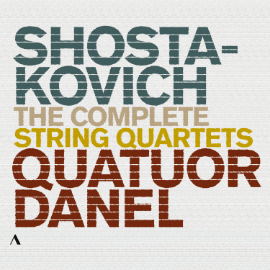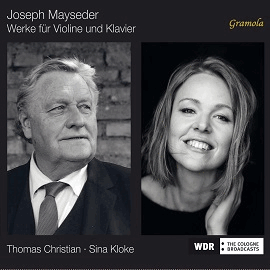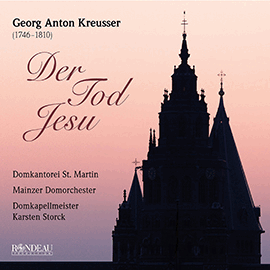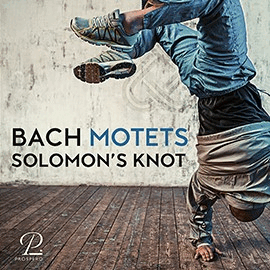 Dieter Ammann: The Piano Concerto (Gran Toccata); Maurice Ravel: Klavierkonzert für die linke Hand; Bela Bartok: Klavierkonzert Nr. 3; Andreas Haefliger, Klavier, Helsinki Philharmonic Orchestra, Susanna Mälkki; 1 SACD BIS 2310; Aufnahmen 2019, Veröffentlichung 10/2020 (75'30) - Rezension von Remy Franck
Dieter Ammann: The Piano Concerto (Gran Toccata); Maurice Ravel: Klavierkonzert für die linke Hand; Bela Bartok: Klavierkonzert Nr. 3; Andreas Haefliger, Klavier, Helsinki Philharmonic Orchestra, Susanna Mälkki; 1 SACD BIS 2310; Aufnahmen 2019, Veröffentlichung 10/2020 (75'30) - Rezension von Remy Franck
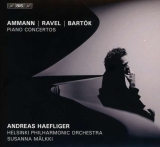
Das Klavierkonzert von Dieter Amman ist das längste der drei Konzerte, die auf dieser SACD zu hören sind. Es ist auch das lauteste, das energetischste, das rhythmisch impulsivste, das virtuoseste, vom Material her das minimalistischste und in gewisser Weise ein Konzert für Orchester mit obligatem Klavier. Der Schweizer schuf ein Klangdrama in drei Teilen mit einem ganzen Arsenal an Schlagwerk, wozu eindeutig auch das Klavier zu zählen ist. Der (bei gedehntem Begriff) langsamere Mittelsatz bringt auch nicht wirklich das, was man Ruhe nach dem Klanggewitter nennen könnte (Beethoven war da in der Pastorale erfolgreicher) und der Schlusssatz kehrt zu, fast hätte ich Radau gesagt, aufgewühlter Musik zurück. Es gibt dann aber in diesem Satz auch eine ruhige, fast lyrische, reflektive Passage, ehe sich die Musik wieder grell aufbäumt und in industrieller Motorik dem Schluss zustrebt, vor dem aber das Ganze wieder heruntergefahren wird, damit das Konzert tropfend enden kann. Ehrlich, ich habe mir dann dennoch eine Hörpause gegönnt und die Ohren abkühlen lassen, ehe ich mich Ravel zuwandte.
Im Ravel-Konzert ist es insbesondere der Orchesterpart, der aufhorchen lässt, weil Susanna Mälkki den sehr transparent und klangreich gestaltet. Insbesondere der erste Satz gerät dabei leider etwas breit und auftrumpfend. Das passt zu dem pathetisch agierenden Haefliger und seinem allzu fetten Klavierklang. Leichter spritziger, eleganter, französischer (ah, Thibaudet, …ah Béroff, …ah Bavouzet) wäre sicher von Vorteil gewesen. Mit 18’48 ist die Mälkki-Haefliger Aufnahme eine der längsten im Katalog.
Das Dritte Konzert von Bela Bartok ist in einer fein differenzierenden Interpretation zu hören. Haefliger ist in den langsameren oder melodischeren Passagen des Allegrettos recht elegant. Das Adagio religioso wird sehr schön gespielt, auch wenn Haefliger hier sicher Argerich näher ist als Andras Schiff.
Die kantigere Musik des finalen Allegro vivace wird sehr rhythmisch dargestellt, mit einem sehr schön aufgefächerten Orchesterklang, wobei Haefliger eher ‘middle of the road’ ist, nicht zu perkussiv, aber auch nicht zu ‘sanft’.
Dieter Amman’s Piano Concerto is the longest of the three concertos on this SACD. It is also the loudest, the most energetic, the most rhythmically impulsive, the most virtuoso, the most minimalist in terms of material and in a certain sense a concerto for orchestra with obbligato piano. The Swiss composer created a sound drama in three parts with a whole arsenal of percussion, which clearly includes the piano. The slower middle movement (when the term is stretched) does not really bring what one might call tranquillity after a thunderstorm (in this sense, Beethoven was more successful in his Pastorale). The final movement returns to agitated music. But then there is also a quiet, almost lyrical, reflective passage in this movement, before the music rears up brightly again and in industrial motoricity strives towards the end, before which, however, it slows down again so that the Concerto can end in an almost dripping manner. Honestly, I still allowed myself a listening break to let my ears cool down before turning to Ravel.
In the Ravel Concerto, the orchestral part in particular attracts attention, because Susanna Mälkki makes it very transparent and rich. This does not prevent the first movement to become a bit broad and trumpeting. Yet, it suits the pathetic Haefliger and his all too fat piano sound. A more light and sparkling, more elegant and more French character (ah, Thibaudet, …ah Béroff, …ah Bavouzet) would certainly have been an advantage. With 18’48 the Mälkki-Haefliger recording is one of the longest in the catalogue.
The Third Concerto by Bela Bartok can be heard in a finely differentiated interpretation. Haefliger is quite elegant in the slower or more melodic passages of the Allegretto. The Adagio religioso is played very beautifully, even though Haefliger is certainly closer to Argerich here than to Andras Schiff.
The more angular music of the final Allegro vivace is played very rhythmically, with a very nicely differentiated orchestral sound, whereby Haefliger is rather ‘middle of the road’, not too percussive, but also not too soft.



